Cool tips to prevent hot disasters
Each year, we support 160 FMG families affected by house fires. Many house fires are preventable with the right measures. While we can replace a house, we can't replace a home.
Check out our cool tips to prevent hot disasters and see what you can do now to reduce the risk of fire in your home.
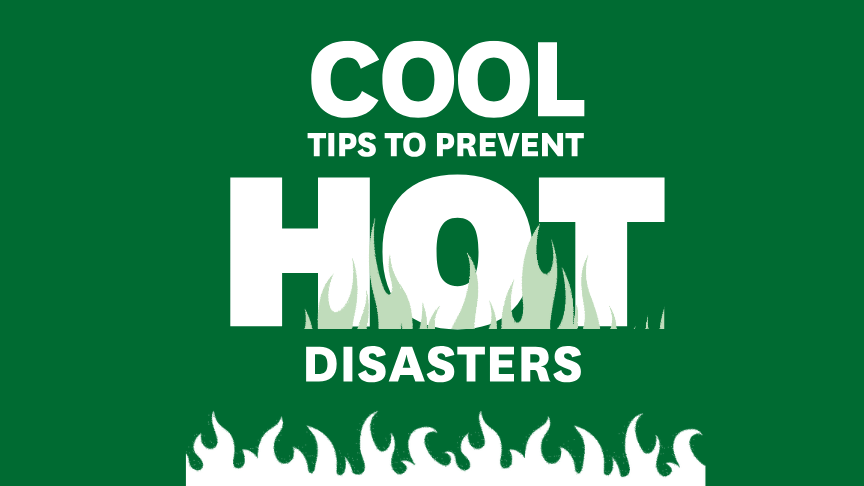
Apply the one socket, one appliance rule
Electrical fires cost three times as much as other house fire claims. Overloaded multi-boards are a common source of house fires, so it’s good to consider only using ones with circuit breakers.
Dryers are a common culprit when it comes to house fires. It’s important to clean the lint filter after each use. Lint build up can result in filters overheating and igniting even after the dryer is turned off.
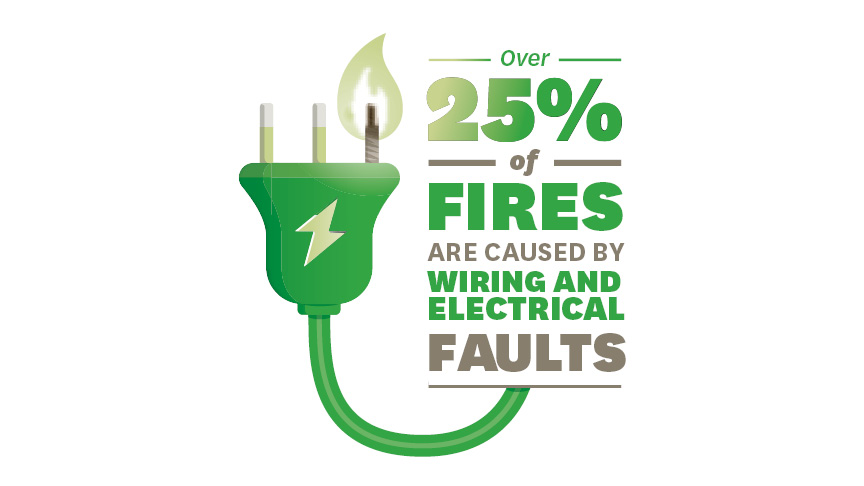
Dispose of ashes safely
Even after a fire is out, the ashes can stay warm for up to five days and can reignite. Place the ashes in a steel bucket and soak them in water until cool. It’s important to ensure the bucket is stored in an open and safe place away from the house, decking, or garden area.
It’s also important to inspect your fireplaces and chimneys for deterioration and get your flue swept annually. Chimney fires can spread into ceilings and walls causing extensive damage to your house.
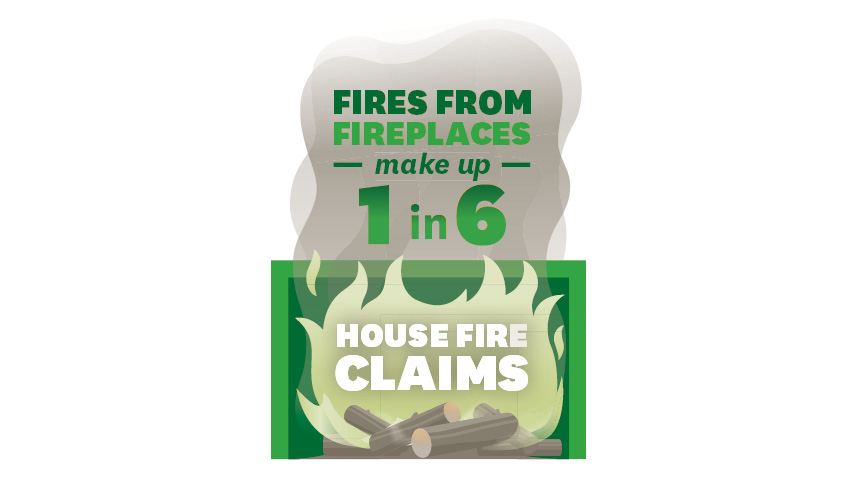
Keep an eye on your cooking
Most kitchen fires are from unattended cooking, and fat and oil fires. If you intend on leaving the kitchen it’s best to turn the stove off. If your frying pan catches alight, you can also place a wet tea towel or flat object (like a chopping board) over the pan to help starve the fire of oxygen.
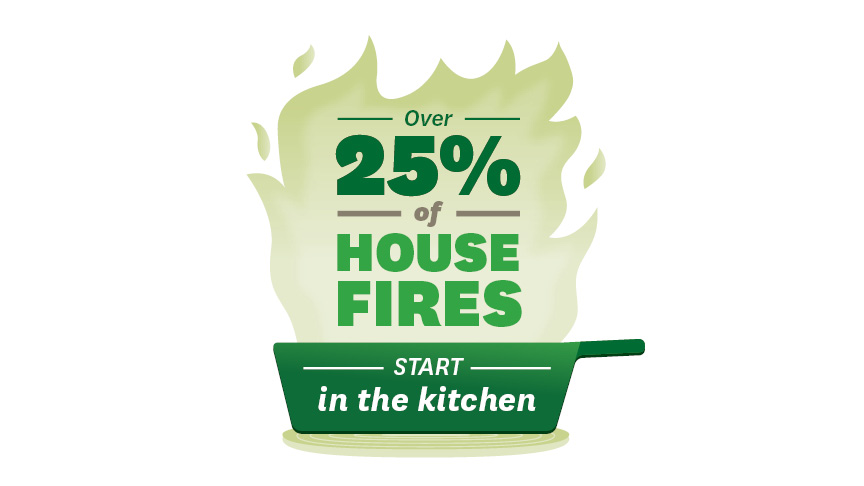
Stories from our clients
A near miss with a tiny intruder
Following a hair-raising encounter, Barry and Pauline George breathe a sigh of relief, grateful they didn't leave anything to fate when they discovered they had a narrow escape from a potential disaster. The Manawatu-Rangitikei farmers have a newly built house that Barry helped build so they knew just how solid it was and how little ceiling space it had. But earlier this year they heard some scratching noises in the ceiling which left them baffled.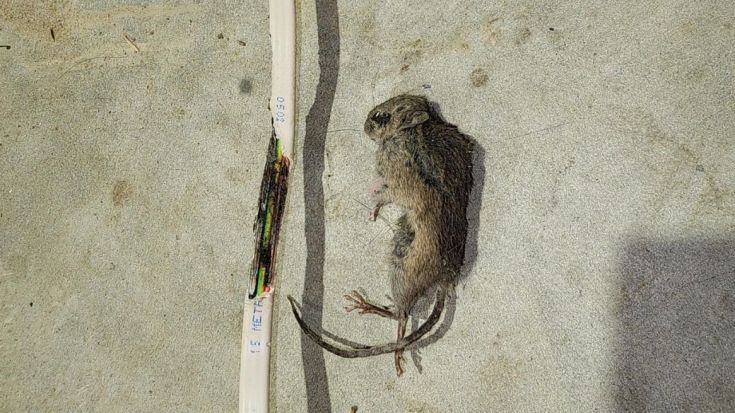
Dryer fire sparks lint reminder
A winter’s night in July 2023 became a memorable one for Michelle and Rogan Borrie after receiving a call to say one of their farmhouses had caught on fire. Their first response was to ask if everyone had got out ok (thankfully yes) and was then followed by an investigation into the fire and a sizeable insurance claim.
Up in flames
Even working for an insurer doesn’t protect you from a house fire tragedy, as FMG team member Lisa Hendrie found out. Her experience of losing the home she had purchased from her late grandmother has left her appreciating people’s kindness and humbled by the support she received.